| Reflect & Synthesize: Answer the following questions in your blog post. Remember to have at least one follow-up sentence for each question, when possible.
| Answers: 1. Living things get food, water, air, a nice place to live (home) from their ecosystems. They get some other living things to interact with other them and a cool place to explore and create a home. 2. I have evidence from my experience when the whole class went outside and looked at the ecosystem outside of the school. We looked at our ecosystem and saw cool things. 3. They term of ecosystem means that a group of living organisms that interact with other non living things that are in there homes. 4. I hope to learn what the difference between a habitat and an ecosystem. 5. Ducks, Trees, Fish, Weeds, Plants 6. Ducks are communicating with each other, Ducks are playing with each other, and fish that are looking for food. |
|
0 Comments
Did you know that our bodies create about a gallon of mucus in just two days! I do. In fact, I know a lot of other interesting information about the human body, and YOU WILL TOO if you read my paper! Within this document, you will find six different body system essays including the muscular, skeletal, circulatory, respiratory, digestive, and nervous systems, which all work together to operate our body. All of these systems have different components, each with their own unique functions that help to keep us alive. However, each system cannot operate alone - they need each other to be successful. For example, the nutrients gathered by the digestive system get distributed throughout the body in the circulatory system! Over the previous 12 weeks, we gathered information, organized our thoughts, and paraphrased what trusted websites taught us about each system. We worked with responsibility partners and our papers definitely benefited from the collaboration. Just like each human body system needs to rely on the other systems, we relied on each other to improve our writing and our process. The following is the result of our hard work... Skeletal System:
Our skeletal system is made up of 206 bones. These bones work together to provide our body with support so we can walk around, and protect our vital organs like our heart and our brain! Our bones even make and store blood cells for our circulatory system! Without our bones, we would be nothing more than a pile of skin, organ, and muscle on the floor. We wouldn’t be able to move and our organs wouldn’t be safe! Our bones are made up of many layers. These layers are important because we need our bones to be strong, yet lightweight. In order to achieve this goal, the outside layer of bone is made up of solid, compact bone that makes our bones strong and dense. The next layer of bone is called cancellous (a.k.a. spongy bone). This layer allows our bones to be lightweight and transitions us from compact bone into bone marrow. Bone marrow is a thick and spongy section in the middle of bone where where red and white blood cells are formed. Finally, our bones are all covered in a thin membrane called periosteum which is where our muscles attach to bones. So that is how bones are structured in order to keep our bodies strong, yet lightweight! But..
|
Author
Write something about yourself. No need to be fancy, just an overview. Archives
June 2016
Categories |
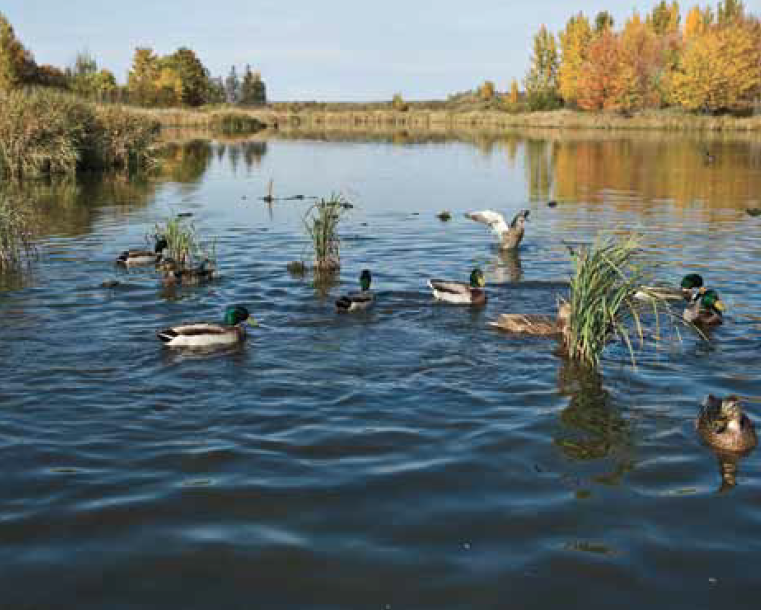
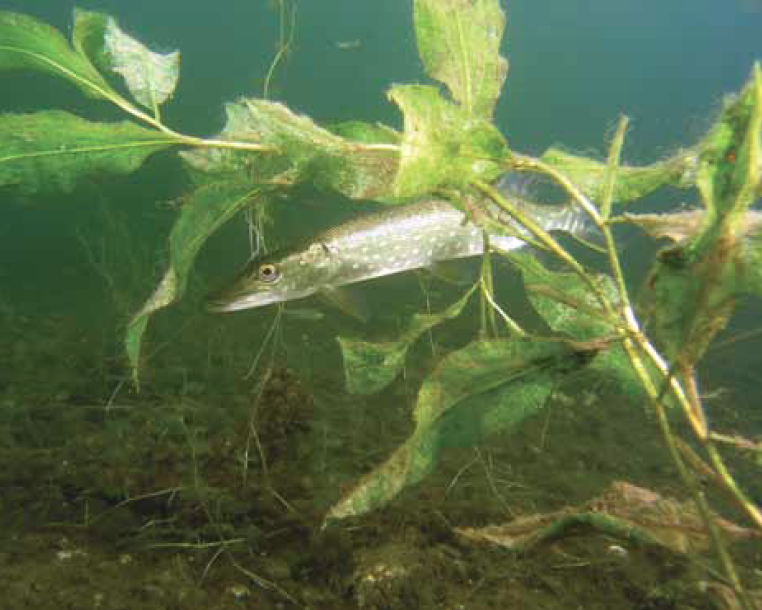
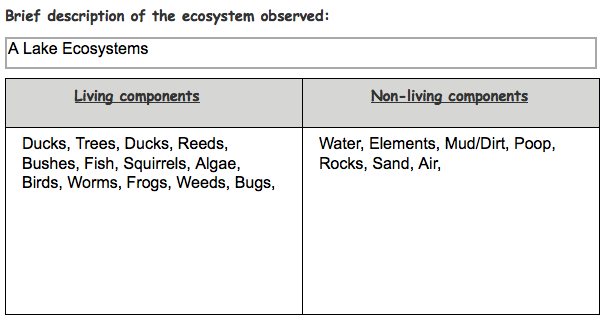
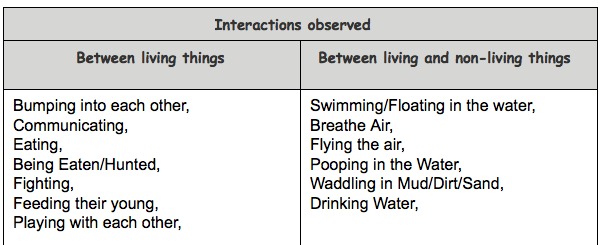
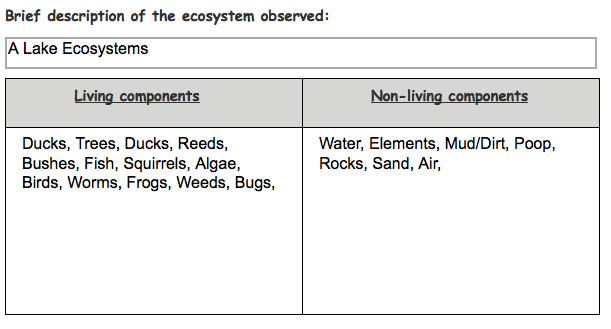
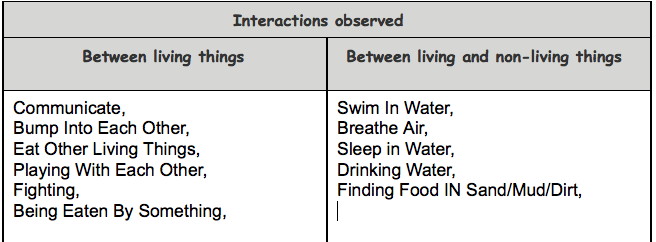


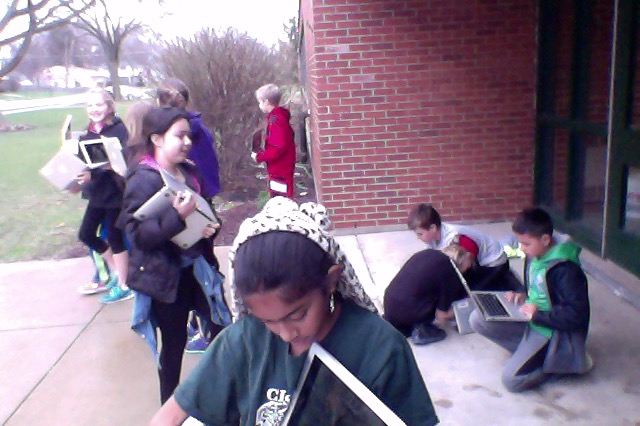
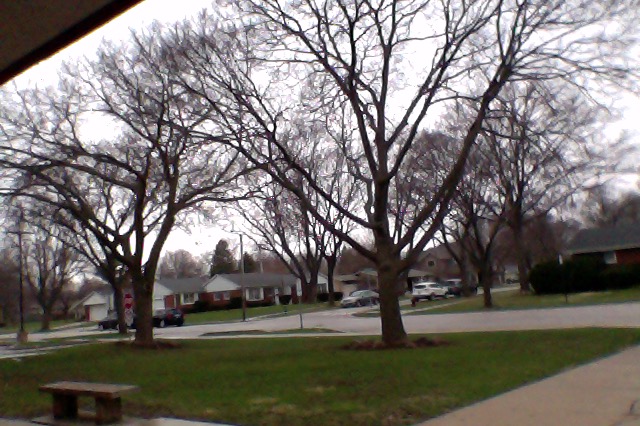
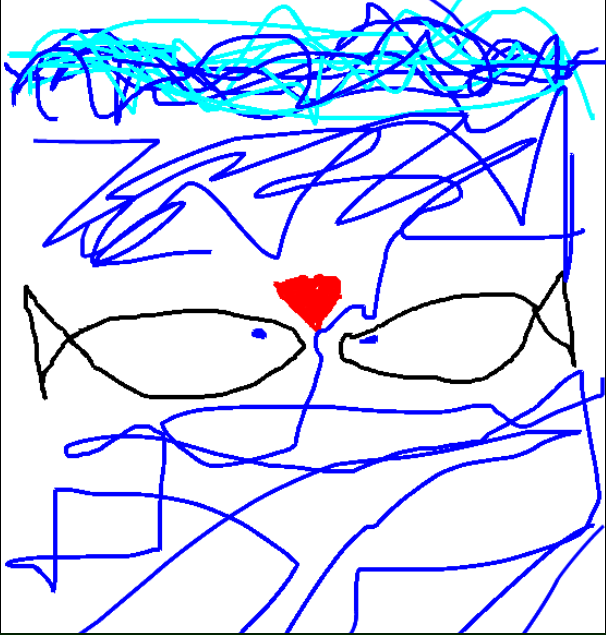
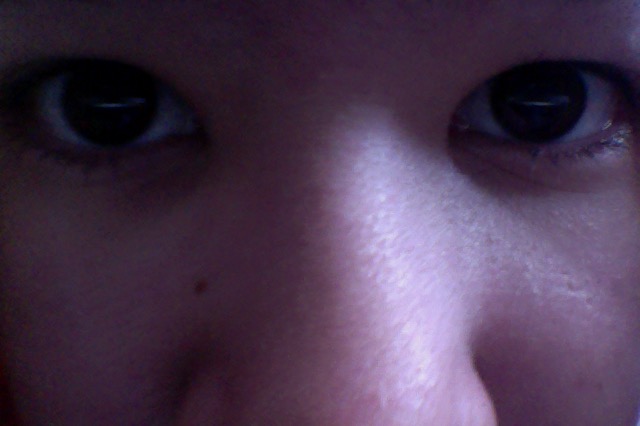

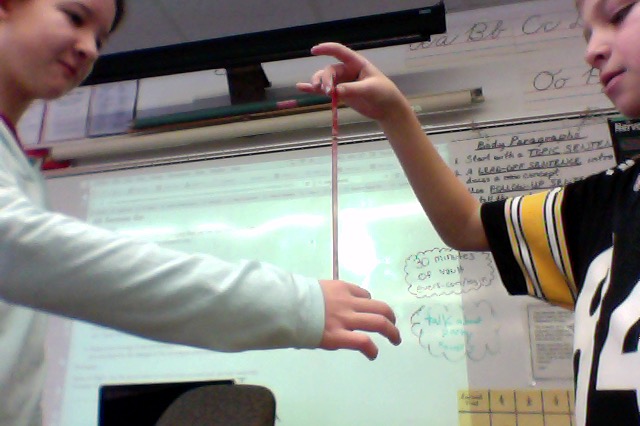
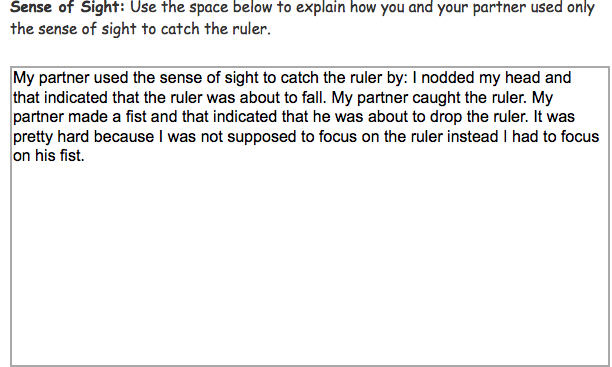
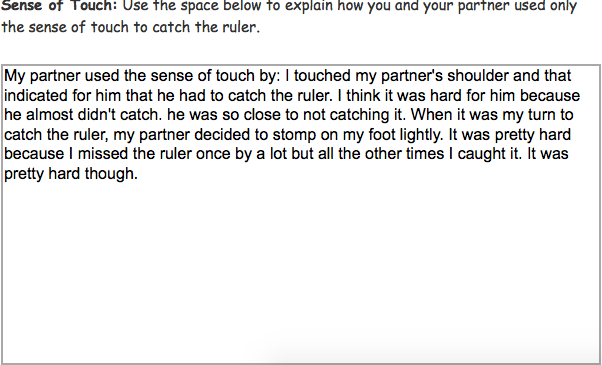
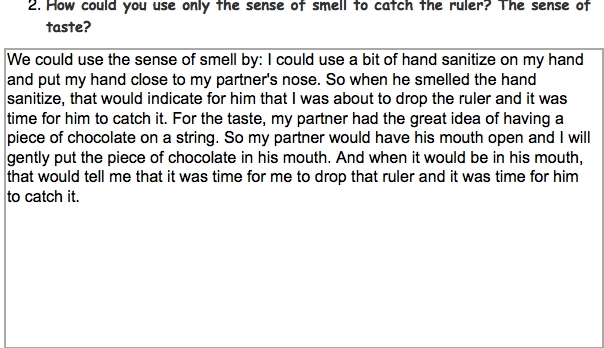
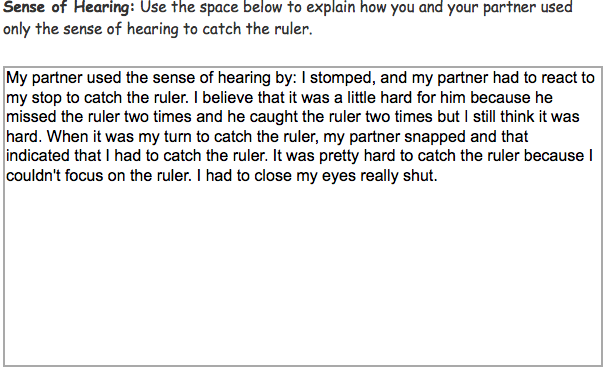
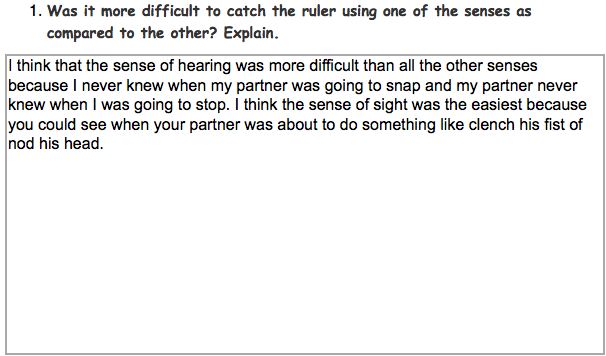
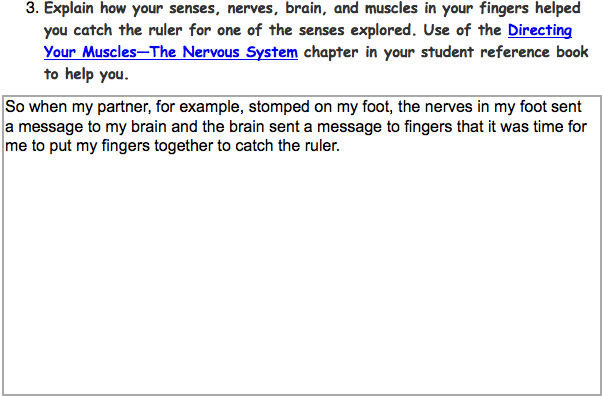
 RSS Feed
RSS Feed
